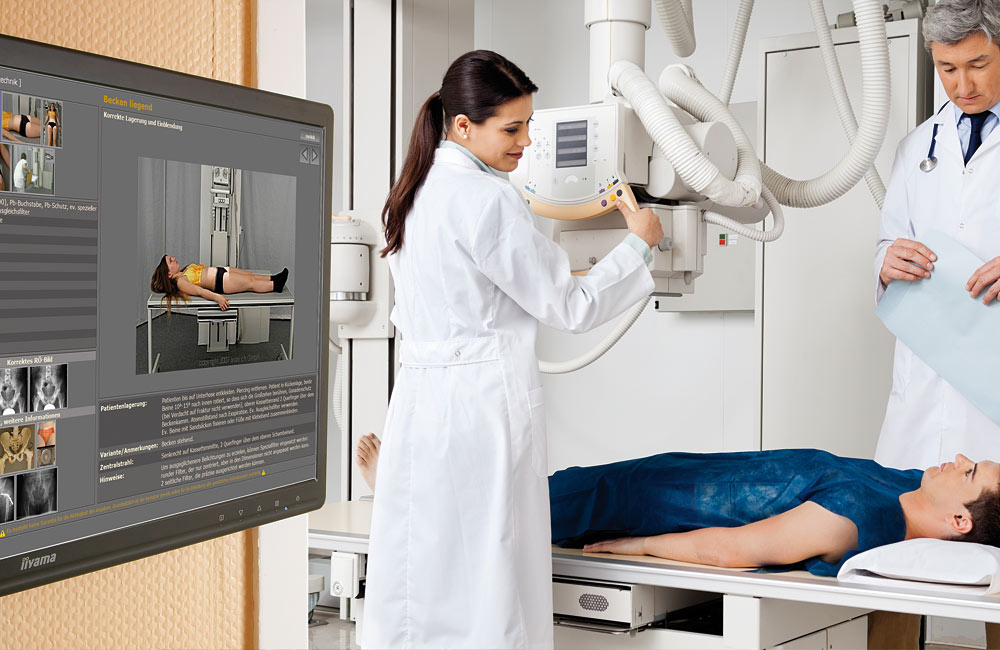X-rays have been around for over a century, and they have played a vital role in the advancement of medicine. Today, x-rays are used for a variety of diagnostic purposes, and they continue to be a valuable tool for doctors and patients alike.
Since the dawn of time, people have been fascinated with X-rays. From the early days of the discovery of X-rays to the present day, we have come a long way.
The history of X-rays
X-rays were first discovered in 1895 by Wilhelm Röntgen, who won the Nobel Prize for this discovery. He was able to create the first X-ray images by using a vacuum tube and a piece of photographic film. He was able to see through human skin and bones, which was quite a feat.
This is how the first X-ray image was created. X-rays were originally used to see through the human body to diagnose diseases. However, the discovery of X-rays has led to many other uses. X-rays are used to see through metal, bone, and other substances. The first X-ray images were used to diagnose and treat diseases.
What are X-Rays?
X-rays are a type of electromagnetic radiation. They were first discovered in 1895 by German physicist Wilhelm Röntgen, and they have been used in medicine since the early 1900s. X-rays are produced when electrons are accelerated to high speeds and then suddenly stopped. The resulting X-ray procedure in Sparta, NJ beam can be used to create images of the inside of the body.
X-rays in Modern Medicine
Today, X-rays are used for a variety of diagnostic purposes. They can be used to examine the bones, lungs, and other internal organs. X-rays can also be used to detect tumors and other abnormalities. In addition, X-rays are sometimes used to guide needle biopsies and other procedures.
How X-rays Work
X-rays are produced by accelerating electrons to high speeds and then stopping them. The electrons are then stopped in a vacuum tube, which produces a strong beam of X-rays. The X-rays can then be directed to the area of the body that needs to be examined.
Conclusion:
X-rays have played a vital role in the advancement of medicine. They are a valuable tool for diagnosing and treating a variety of conditions. And, as technology continues to evolve, it is likely that X-rays will become even more important in the field of medicine.
